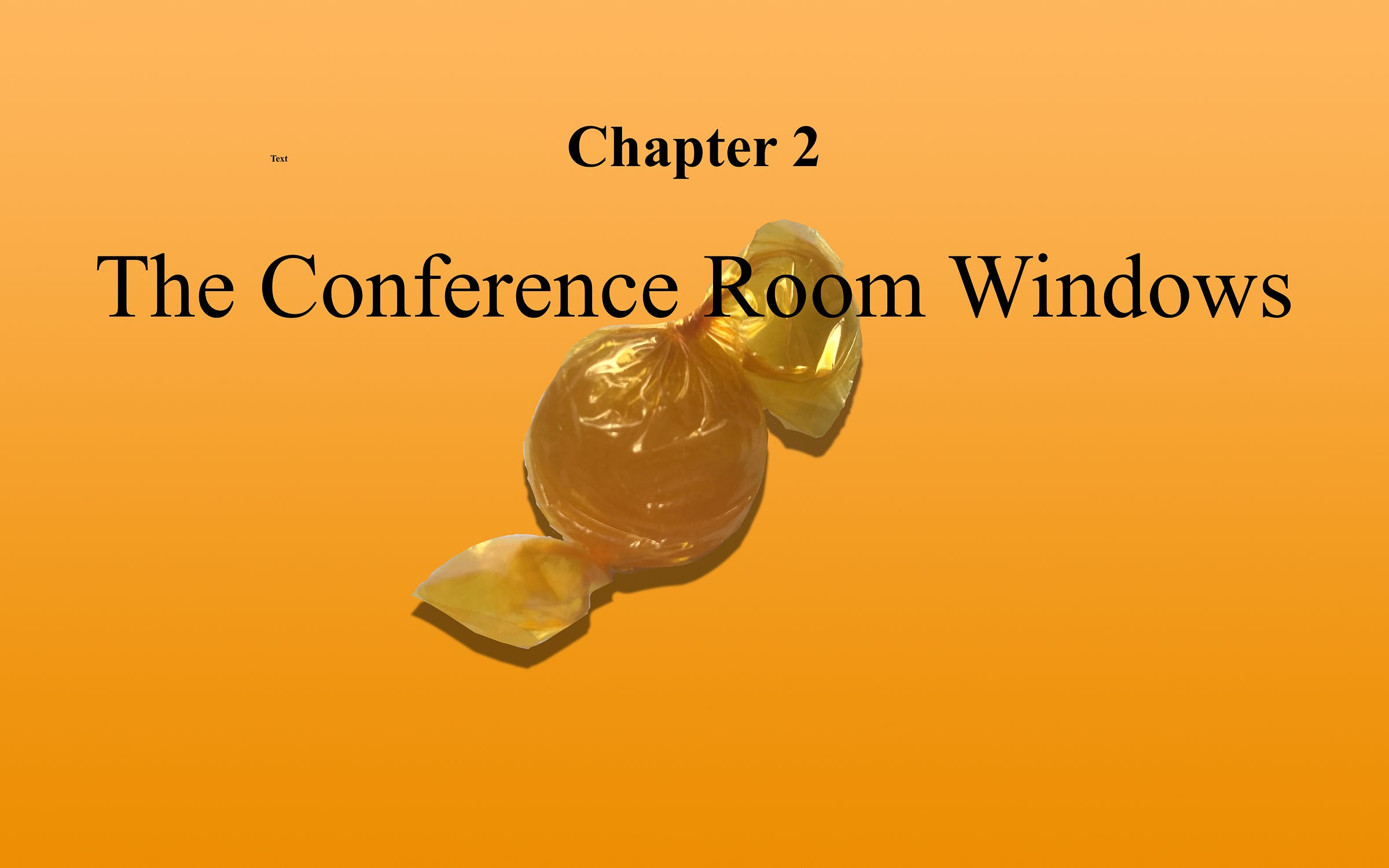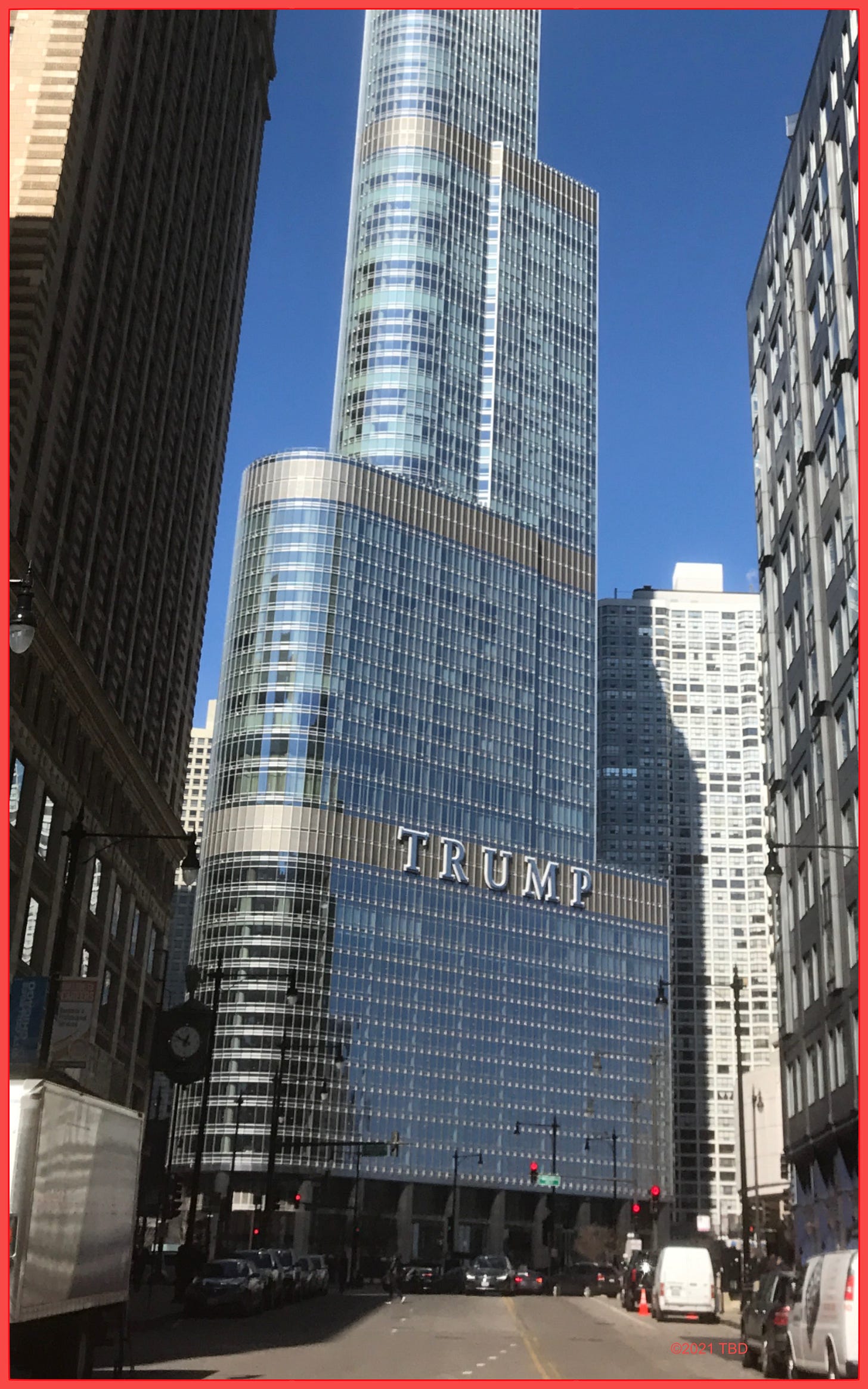Chapter Two: The Conference Room Windows
Part A - Dawn creeps west up the Chicago River
Note: If you’re a new reader, start with CHAPTER ONE: A GOOD LIFE RUINED or even the ABOUT page—and see you back here soon. To access all site contents, click HERE.
Unnecessary But Motivating Chapter Quote:
“People want so much that they do not know.”
--Gwendolyn Brooks, The Sundays of Satin-Legs Smith, 1945
Time: 6:53 a.m., Monday, October 6, 2003
Place: Earth; 42 degrees latitude, -88 degrees longitude
Weather: Sunny, 55 degrees Fahrenheit, cooler by the lake
Dawn creeps west up the Chicago River.
Every day, the rising sun’s first pink and gold rays march across sleeping Lake Michigan, then halt at the river’s mouth gathering force until the sun reaches a strategic point in the sky. Suddenly light shoots between the first skyscrapers guarding the river’s mouth.
Now the light advances steadily along the river, building by building, as Day makes a ground assault on Night to retake the city. The victorious sun swaggers across the Michigan Avenue Bridge* and strikes the Chicago River’s north bank. First, the stately white Wrigley Building.
*The Michigan Avenue Bridge will be renamed the DuSable Bridge in 2010 after Jean Baptiste Point DuSable, the first non-native settler in what would become Chicago. DuSable built a cabin in 1780 just east of the Wrigley Building, or as we would say now, across Michigan Avenue from the Wrigley Building. We’re in 2006, however, so this is still the Michigan Avenue Bridge.
Next the mirrored windows of 92-story Trump Tower, built on the skeleton of the old Chicago Sun-Times Building, itself built on skeletons from the countless hogs processed there by one of the city’s first meatpacking businesses in the early 1800s. Light explodes off flashy Trump Tower in blue-white bursts…
…crosses the Wabash Avenue Bridge and jumps to the comparatively mellow bronzed metal and dark glass of Mies van der Rohe’s IBM Building.
Sunbeams inch across the IBM Building’s plaza, over State Street Bridge, and finally scale the two slender corncob towers of Marina City.
The light fights on west. We stop here, however, because our story is happening right now in the IBM Building. We shouldn’t have gone on to Marina City at all, but who can resist Marina City?
So back to the IBM Building. Specifically, back to the IBM Building’s vast glass-walled ground floor lobby.
It’s hard to tell anything is happening because the lobby is completely silent.
The teeming herds of office workers have yet to arrive.
The sun’s first rays filter through the shaded windows onto almost nothing but random floating dust particles in the air before hitting the flat plain of the polished pink-black-grey speckled granite floor. Otherwise, there is one tall matching granite counter, fronting a security desk; a bust of Mies van der Rohe, the building’s architect, perched near the revolving door entrance on Wabash; and the elevator banks on either side of the lobby, covered in subtle Travertine marble.
The bust of Mies van der Rohe is pensive and quiet, as always.

There’s nothing going on at the elevators.
That leaves the security desk. Viewed from the north end of the lobby, the security desk is a silhouette…with arms. That’s odd. We better move around to the south end of the lobby—the river side—and get the sun at our backs for a better look.
Ah. Now that makes sense. The arms belong to security guard Michael O’Hare.
Michael is becoming one with his desk; with the lobby’s granite floor; Mies van der Rohe’s bust; the random dust particles floating in the lobby air; the wall of windows overlooking the plaza; the plaza itself, outside; and every reverberation of life reaching the plaza through every molecule of air swirling around the IBM Building.
Michael sits erect on top of the granite countertop, in a simultaneously relaxed and perfect lotus position. His open palms rest on his knees. Almost imperceptibly, his arms rise and extend up to greet the early October sun as it dodges around the random dust particles to reach him. His blindingly white shirt, navy blue pants and red tie are all crisp, immaculate. He’s 31, with a powerful build the business clothes can’t hide. His rich brown skin catches the light--now on his cheekbones, now on his black curly close-cropped hair. You’ve gathered by now that Michael O’Hare is not from Ireland. His grandma came north to Chicago after the Great Mississippi Flood of 1927, part of the First Great Migration of African-Americans from the Jim Crow South, all searching for jobs and a better life for their children. His grandpa’s family joined the First Great Migration before World War I, carrying the same dream to Philadelphia, carefully sheltering that dream from brutal Northern reality the way an old-time traveler might cover a candle’s flame with a vigilant hand on a blustery night. Michael’s grandpa served in World War II and then moved on to Chicago, along with a new wave of African-Africans coming from the South in the Second Great Migration.
Skip ahead now as if we filmed Michael for a time-lapse documentary, because meditation sounds great and all that, but it’s not much to look at.
By 7:00, Michael has gently detached himself from the universe, slowly but fluidly climbed down from the tall counter top, and spent a few minutes in front of the Mies van der Rohe bust. Were they having a conversation?
At 8:40 the IBM Building’s upper floors are humming with activity. The lobby has filled and emptied again, since most office workers are expected at their desks by 8:30. Michael stands behind the security desk, now wearing his navy blue security blazer. He reviews paperwork on the pink-black-grey speckled granite counter--doublechecking activities expected in the building that day, noting the building personnel on duty, that sort of thing. He starts to flip a page, then stops. Closes his eyes.
He senses a disturbance in the force. The world. The universe. Whatever you want to call it.
Eyes gently shut, Michael’s head revolves right toward the southern lobby windows facing the river and the State Street Bridge. His mind locks in on one entity in the morning crowd surging across the bridge. Now his head swings slowly back left, tracking that entity like a human radar tower.
Michael opens his eyes at the precise moment middle-aged accountant Steve Bertolucci emerges from the crowd exiting the State Street Bridge.
Steve used to walk north up Wabash, one street east of State, and cross the river on the Wabash Avenue Bridge. That was quicker, since he approaches from the east. He’s coming from the Illinois Central (IC) station (now called the Metro Electric) at Randolph and Michigan, underneath the old Chicago library. And Steve loved walking on Wabash, he really loved it, because he grew up in the South Side neighborhood of Roseland at 12426 S. Wabash.
In downtown Chicago, the Loop as it’s called, Wabash is nothing like Steve’s old block. But it’s still Wabash.

Sadly, Steve can’t stand walking north up Wabash toward the river anymore. Not since they tore down the Sun-Times Building.
When he does, this is what he sees now:
Then:
Then:
And finally:
Steve liked Trump Tower well enough at first, though he missed the squat, ugly Sun-Times Building just on principle. But a few years later they put that name up in letters the size of Egyptian pyramids. Walking up Wabash began to feel like there was a little 1950s Soviet bureaucrat inside his head stamping “Trump” on his brain in red ink over and over, harder and harder each time, like this:
So now after Steve climbs the steep stairs up from the subterranean Illinois Central train station at Randolph and Michigan and hesitates for a moment, blinking in the sudden sunlight next to the broad steps of the old Chicago Library, he walks west one block to Wabash. There he pauses; thinks about Roseland either consciously or unconsciously; reaches up with his right index finger and thumb to rub the uneven, stubby tip of his right ear; then walks another block farther west to State Street. He turns right and heads north up State to the State Street Bridge. He misses Wabash, but it’s much nicer to watch Marina City get closer as he heads to work.
This is Steve’s view now as he walks to work, just as he rounds the corner from Randolph and starts north on State Street. The eastern tower of Marina City was unfortunately obscured in 2003 by a forgettable building that went up next to the Lake Street L station, but Steve sees more and more of Marina City as he gets closer to work.

This is the same view in 1969, taken by Steve’s older brother Frank with the family’s Kodak Instamatic.
Frank’s fifth grade class was following their teacher, Sister Miller, on a field trip. Sister Miller took her fifth grade class to visit City Hall every year. Like Steve, Sister Miller and her class went downtown on the Illinois Central train, got off at the last stop underneath the Chicago library, climbed the steps, blinked in the sun, and walked west on Randolph. Unlike Steve, Sister Miller walked backwards to watch the students—to watch the bad boys in the class, really. She hit bad boys with her Sears Roebuck yardstick. Sister Miller always, always, always had her Sears Roebuck yardstick with her. She hit Frank with the yardstick right after he held up the class to take this picture. Frank knew he would get whacked by the yardstick, but he just had to take the picture. Marina City was still quite new, and all the Bertolucci boys knew it would be the coolest place in the world to live—a round building!—even though their Nonna said she’d never live stacked up in the air with the neighbors’ asses in her face.

And lastly, this is the bottom right corner of the back of Frank’s snapshot. People used real film to take pictures back then. They dropped off the finished rolls of film at a drugstore or camera store. The store sent the film out to get developed, usually by the Kodak company, which stamped the back of each picture with the month and year. It’s pretty cool, I think. Of course digital photos can have a time stamp on them if you want, but it’s just not the same thing.

NOTE: Due to email constraints, this chapter is split into four sections, A-D. Go on to Part B - Cheeseheads and FIPs if you’d like to find out what a cheesehead is. A tiny rose will signify the end of each chapter.
SUBSCRIBE - Free!
If you’re not immediately repelled, why not subscribe? It’s free, after all. You’ll receive a new chapter monthly via email, and find out why I am spending so much time on the story of this one guy. You’ll also get a weekly compilation of the daily items on social media: THIS CRAZY DAY IN 1972, and MIKE ROYKO 50 YEARS AGO TODAY.
And why not SHARE?
Maybe you know someone else who would enjoy reading about a ten-year-old Italian-American kid on the South Side of Chicago in 1972. Didn’t your parents teach you to share?
















Wow, that part of downtown - most parts of downtown plus the Mag Mile, depending on the job - was my old stomping grounds for years. So many memories. Love seeing these pics. Never did take the IC train, though, and now I want to.